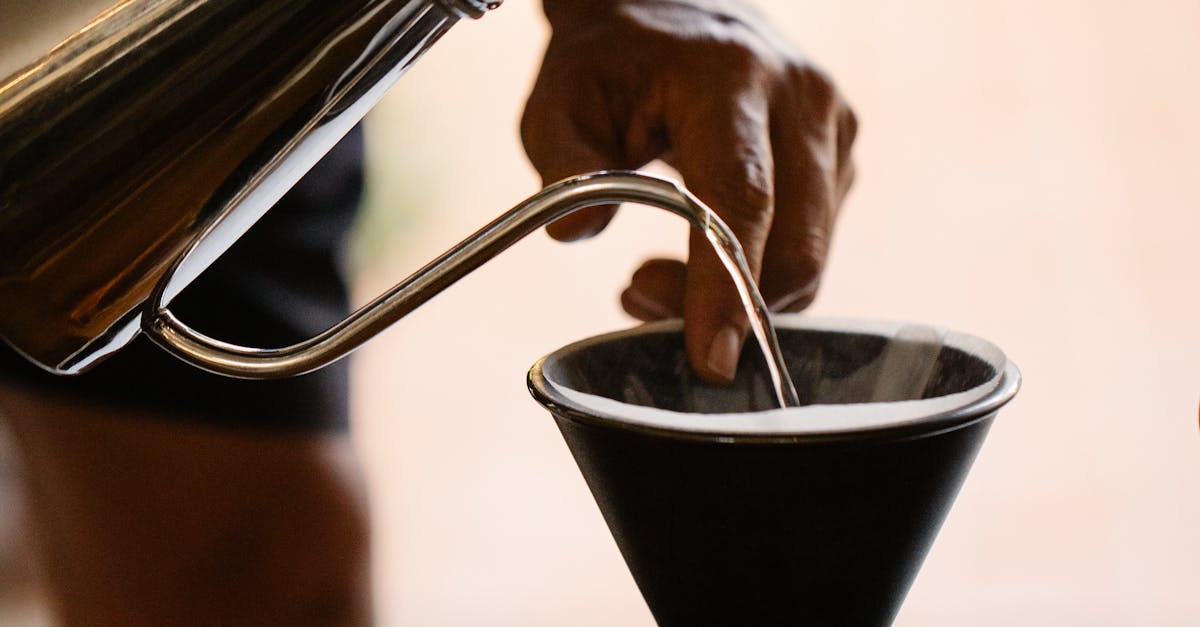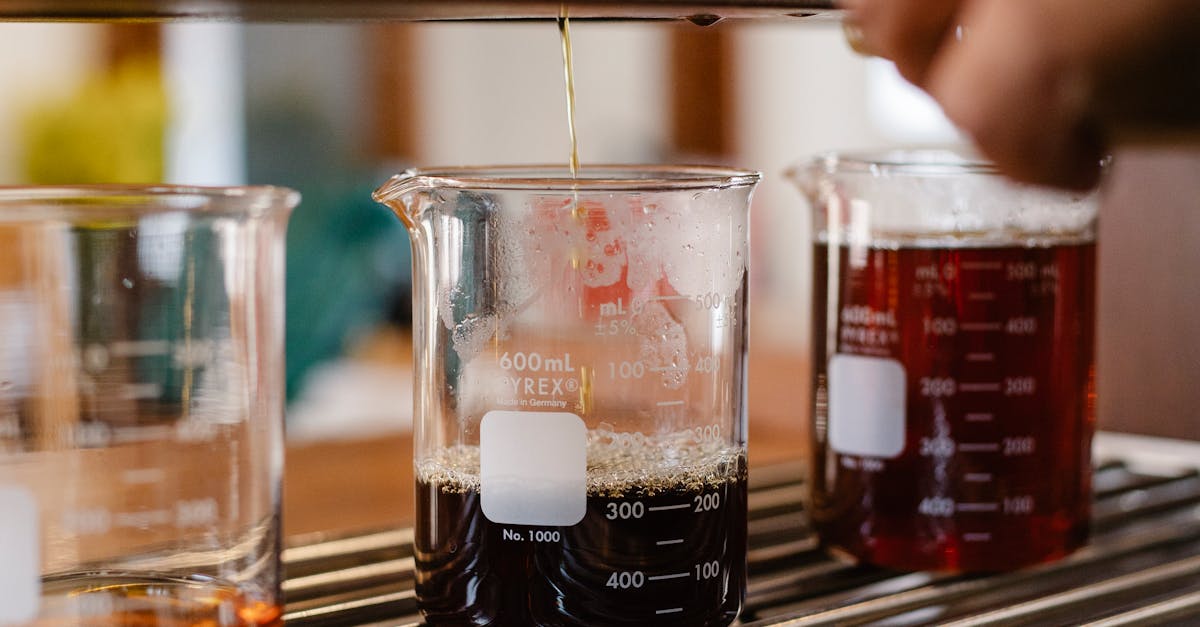
Table Of Contents
Investigating the Venting System
The venting system in a hot water heater is crucial for safe operation, particularly in gas-powered models. It ensures that harmful combustion gases are expelled outside your home while drawing in fresh air for the heating process. Ventilation can involve either natural draft or powered exhaust systems, depending on the design of the unit. Proper installation and maintenance of these vents are essential for preventing carbon monoxide buildup, which can pose serious health risks.
When exploring hot water system parts and accessories, the venting system should not be overlooked. Components such as vent pipes and caps play a vital role in directing gases safely out of the home. Regular inspections and cleaning can help mitigate blockages or other issues that may compromise venting efficiency. Keeping this system in good working order contributes to the overall reliability and safety of the hot water heater.
Ensuring Proper Exhaust for Gas Water Heaters
Gas water heaters rely heavily on an effective venting system to ensure safe operation. Proper exhaust is crucial for removing combustion gases produced during the heating process. The venting system directs these gases outside the home, preventing potential hazards like carbon monoxide buildup. Additionally, it helps maintain optimal efficiency by ensuring that the heater operates without the interference of backdrafts, which can lead to incomplete combustion.
When setting up or maintaining a gas water heater, attention must be given to the quality and condition of the venting components. Any blockages or leaks can significantly impact the unit's performance and safety. Regular inspection of the venting system, including connections and materials, is essential. Utilizing the right Hot Water System Parts and Accessories will enhance reliability, ensuring that the appliance runs smoothly and efficiently. Proper installation and maintenance of these parts help to extend the lifespan of the water heater and promote safer operation.
Overview of Water Inlet and Outlet Connections
The water inlet and outlet connections are crucial components of a hot water heater. The inlet connection is where cold water enters the tank, while the outlet connection allows hot water to flow to faucets and appliances. These connections must be properly installed to ensure efficient operation and avoid leaks. They generally feature threaded fittings that can accommodate various pipe sizes, depending on the hot water system's design.
Understanding water flow in hot water heaters is essential for effective maintenance. Any blockage or malfunction at these connection points can disrupt the entire hot water system. Regular checks help identify wear or corrosion in the piping or connections. Investing in quality Hot Water System Parts and Accessories can enhance functionality and extend the lifespan of the unit.
Understanding Water Flow in Hot Water Heaters
Hot water heaters rely on a well-coordinated flow of water to function effectively. The inlet and outlet connections play a crucial role in directing cold water into the tank while allowing heated water to exit for use. Proper installation ensures that cold water enters from the bottom, where it can be heated uniformly. Understanding this flow is essential for maintaining efficiency and performance over time.
In addition to the connections, various components within the hot water system influence how water circulates. Insulation around pipes helps to retain heat, minimizing energy loss. Regular maintenance of these Hot Water System Parts and Accessories can prevent blockages and leaks, promoting optimal water flow and prolonging the life of the unit. Clear understanding and attention to these elements contribute significantly to the overall efficiency of the system.
The Role of Anode Rods
Anode rods serve a crucial function in the longevity of water heaters, specifically within the context of corrosion prevention. Made from magnesium, aluminum, or zinc, these rods are designed to attract corrosive elements present in the water. By sacrificing themselves, they protect the metal tank and other components from deterioration, which can lead to leaks and system failures. Regular inspection and replacement of anode rods are essential for maintaining the integrity of the water heater.
Understanding the importance of anode rods is vital for anyone utilizing Hot Water System Parts and Accessories. In systems equipped with these rods, owners often see an extended lifespan and improved performance. Neglecting anode maintenance could result in significant repair costs down the line. Therefore, monitoring the condition of anode rods remains a key aspect of home water heater maintenance, ensuring the system operates efficiently over time.
Corrosion Prevention Techniques
Corrosion prevention techniques play a crucial role in prolonging the life of hot water heaters. One of the most effective methods involves the use of anode rods, which are designed to attract corrosive elements in water. When installed inside a hot water tank, these rods help mitigate rust formation by sacrificing themselves to corrosion before other metal parts can be affected. Regular inspection and replacement of the anode rod can greatly enhance the durability of the tank and its associated components.
In addition to anode rods, selecting high-quality materials for the hot water system parts and accessories can significantly impact corrosion resistance. For instance, using stainless steel or copper fittings and pipes reduces the likelihood of rust and mineral buildup. Proper insulation can also protect pipework from the elements, further decreasing the risk of external corrosion. Implementing these techniques ensures that the entire system operates efficiently and lasts longer, saving homeowners both time and money on potential repairs.
FAQS
What are the main components of a hot water heater?
The main components of a hot water heater include the tank, heating element, thermostat, anode rod, inlet and outlet connections, and the venting system for gas heaters.
How does the venting system work in a gas water heater?
The venting system in a gas water heater safely exhausts combustion gases produced during the heating process outside the home. Proper venting is essential to prevent the buildup of harmful gases indoors.
What is the purpose of the anode rod in a hot water heater?
The anode rod is used to prevent corrosion within the tank by attracting corrosive elements in the water. It sacrifices itself to protect the tank from rust and extends the life of the water heater.
How does water flow in a hot water heater?
Water enters through the cold water inlet, is heated by the heating element or burner, and then flows out through the hot water outlet to supply hot water to fixtures and appliances.
Why is it important to maintain a hot water heater?
Regular maintenance of a hot water heater helps ensure optimal performance, prolongs its lifespan, prevents leaks or breakdowns, and maintains energy efficiency, ultimately saving you money on utility bills.





























